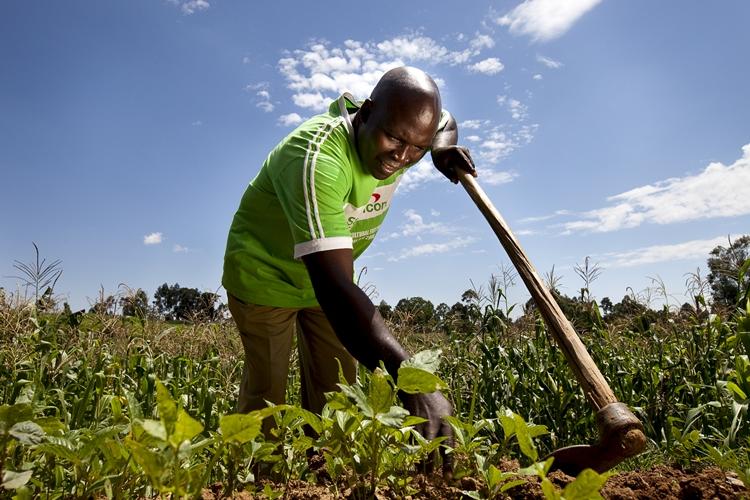Where We Work
See our interactive map


According to Feed the Future, the US Government’s global hunger and food security initiative, two billion people in the world do not get enough to eat to live healthy lives, and around 200 million children under the age of five suffer from chronic malnutrition or under-nutrition.
These figures are startling. They reinforce not only why hunger and food security programs are essential to address the root causes of malnutrition and poverty, but further emphasize why those of us working in global health must programmatically link up with food programs to achieve our vision of a healthier world.
For example, at IntraHealth International, we focus on empowering health workers around the world to serve communities in need. Health workers can do a lot to combat malnutrition—educate families, promote exclusive breastfeeding, provide nutritional supplements to pregnant and lactating mothers and their infants and children—but they cannot stop a famine, guarantee a crop, or reduce food prices. Together, the agriculture, food aid, and global health communities must form strategic alliances with host country governments at ground zero—at community feeding and health centers and in board rooms across different ministries—to plan strategies and resources together. Hunger and malnutrition have consequences that cut across all sectors, with obvious impacts on health, education, and economic development. Each country must lead its own multisector response to ensure coordinated efforts.
In recent years, agriculture programs—including food aid and food security initiatives—have seen diminishing global attention. Today, food aid is largely used for emergencies. But we also need non-emergency food aid programs designed to reduce hunger, increase local agricultural productivity, drive economic growth, and combat chronic malnutrition. We can do more. For example, US and global funding for HIV/AIDS programming has skyrocketed since 2006, with bipartisan support for PEPFAR. And thanks to PEPFAR more than five million people have access to life-saving antiretroviral treatment, 230,000 infants were born HIV-free to HIV positive mothers, and last year alone, 46.5 million people received HIV testing and counseling.
There is hope today, however, to successfully link farmers and health workers to reduce hunger and chronic nutrition in some of the poorest countries in the world. Feed the Future’s overall goal is to reduce poverty and prevent stunting among children under the age of five in 19 countries, many located in sub-Saharan Africa. This new initiative evolved as the Obama Administration’s response to a global recession that led to skyrocketing food prices, particularly in countries in sub-Saharan Africa that are also struggling with political uncertainty and environmental challenges. Feed the Future’s premise is that in order to attain food security in countries afflicted by these emergencies, greater investments were needed in country-led programs to develop local solutions to poverty and chronic nutrition.
Feed the Future offers great opportunities to bring together the farmers and health workers in local communities to develop local solutions to poverty, hunger, and chronic malnutrition. It is only the beginning—Feed the Future must survive and thrive. The initiative must be more directly linked programmatically and structurally at the country level with donors and global health organizations and initiatives, such as PEPFAR. Coordination must not happen just at the planning level, but also on the ground during project implementation. If this happens, local farmers and health workers can bring creative solutions to their country leaders on how to feed their people and give them the best chance for living healthy and productive lives.
Get the latest updates from the blog and eNews




